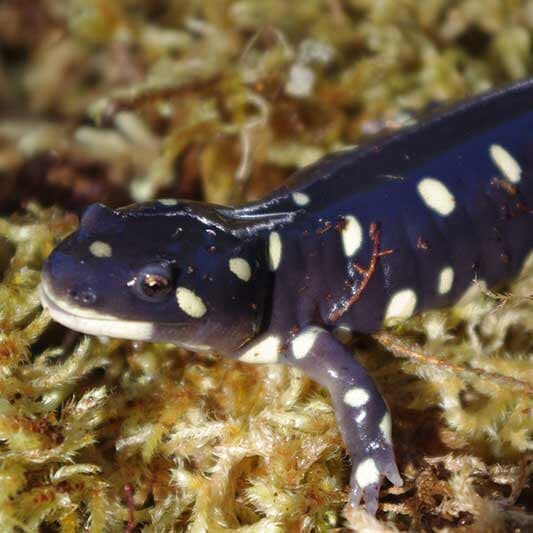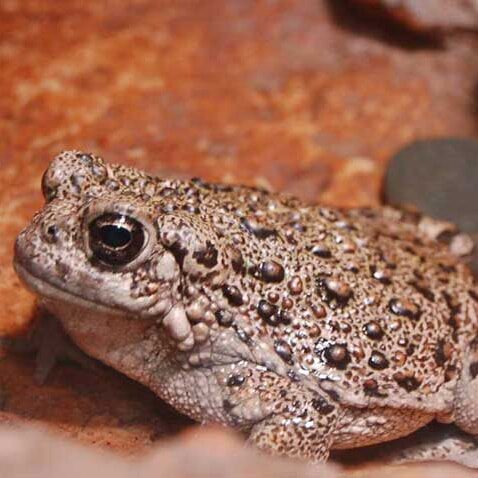Animals
Amphibians
Amphibians include frogs, toads, newts, and salamanders. Amphibians start life in the water; they lay their eggs in water and they metamorphose from a water-breathing juvenile form to an air-breathing adult. They are cold-blooded, which means they depend on the external environment to regulate their body temperature. Their skin is moist and covered with protective mucus.
Amphibians are known as indicator species, meaning that changes in their climate dramatically impact their ability to survive. All around the world, populations of amphibians have declined dramatically over the past 20 years. Habitat loss, pollution, pesticides, fungal infections, and climate change are impacting amphibians. Scientists are collaborating to find ways to protect and preserve amphibians.
SPONSOR AN ANIMAL
Help provide for the care and feeding of our wildlife guests by sponsoring an animal of your choice for a year.
Join the CuriOdyssey Community
LOCATION
1651 Coyote Point Drive
San Mateo, CA 94401
Ohlone Land Acknowledgement
650-342-7755
info@curiodyssey.org
CuriOdyssey is a 501(c)(3) non-profit, Tax ID 94-1262434




